A large number of people in the world cannot afford the basic necessities of life, which include access to essential medicines. Policies to encourage generic medicines in poorer countries may go some way to making essential medicines available for all, however, global intellectual property agreements may hinder these efforts.
Access to affordable medicines is a major problem facing many developing countries. This is mainly due to the fact that prices for new medicines are high, and new medicines and vaccines to address diseases of the developing world are lacking. More than five million people in low and middle income countries still cannot access to the anti-retroviral medicines needed to treat HIV and AIDS. Most people in developing countries pay for medicines out-of-pocket, so even a slight price increase can mean that life-saving medicines are unaffordable.
Not only do low incomes limit access to essential medicines, they have also played a role in helping create a disease environment in developing countries that differs significantly from that in the developed world. For example, infectious and parasitic diseases account for one-third of the disease burden in low-income countries compared to only 3% in high income countries.
Many diseases such as malaria and tuberculosis have been effectively eliminated from rich countries whereas they continue to afflict people in poor tropical countries. What makes matters worse is that privately funded research into more effective medicines for such diseases has basically come to a standstill since pharmaceutical companies have little incentive to invest in discovering new drugs for diseases whose primary market is too small. In other words, there exists an under-provision of dynamic incentives for innovation targeted at the discovery of new medicines that benefit primarily poorer countries.
The 10/90 problem
The global imbalance with respect to access to medicines is rather extreme: about 15% of the world’s population consumes 91% of the world’s pharmaceuticals by value and each year only 10% of the global R & D investment is allocated to find solutions to over 90% of the world’s health problems—this is often called the 10/90 problem.
TRIPS
Trade-related intellectual property rules, especially patents, are one issue that can affect the ability of countries to ensure access to affordable medicines.
The patent system was globalised under the Agreement on Trade-Related Aspects of Intellectual Property Rights (TRIPS)—administered by World Trade Organization, and is the dominant incentive framework for the development of new medicines, particularly where there is a profitable market. However, this framework does not provide for innovation in order to meet health care needs and added therapeutic value for use in countries where profitable markets do not exist.
Furthermore, patents (and other forms of intellectual property) for medicines delay competition by prohibiting low-cost generic medicines. This results in higher prices for medicines that neither developing country governments nor poor people can pay without sacrificing other basic necessities.
In order to remedy these negative effects, developing countries succeeded in including a certain number of legal flexibilities in the TRIPS Agreement (the Doha Declaration), which are capable of reducing the cost of medicines. Firstly, the objective and purpose of the TRIPS Agreement is defined as a balance between public and private interests, and the agreement specifically says that members can ‘adopt measures necessary to protect public health’. Furthermore, the TRIPS Agreement allows for ‘use without the authorisation of the right holder’.
This includes the ability of the country to grant compulsory licences or non-commercial government use orders to obtain cheaper generic versions of patented medicines. Other crucial flexibilities include the ability to exclude from patentability ‘diagnostic, therapeutic and surgical methods for the treatment of humans’—such as diagnostic kits for HIV/AIDS, or the regulatory freedom to allow parallel importation of patented medicines from markets where they are sold more cheaply.
The case of India
Since 1970, India’s Patent Act has allowed Indian manufacturers to legally produce generic versions of medicines patented in other countries. India’s expertise in reverse drug engineering and the efficiency of its pharmaceutical manufacturing industry fast established it as the prime source of generic medicines in the world.
Whilst developed countries were required to implement the agreement by 1 January 1995, the TRIPS Agreement granted delays to developing countries and least-developed countries. Developing countries were required to implement TRIPS by 1 January 2000. Developing countries that did not patent products such as medicines—India being the main one concerned—were given until 1 January 2005 to comply, and least-developed countries were given until 1 January 2006. Without patents on the final product, the Indian generic industry was able to produce about 70% of bulk medicines used in India and become a leading exporter of generic versions of new medicines.
Since the Indian Patent Ordinance, adopted on 1 January 2005, and the subsequent Indian Patents (Amendment) Act 2005, adopted on 23 March 2005, patent protection will now be granted to new medicines for which applications have been filed in India since 1995. It is feared that in the long term the implementation of this legislation will reduce access to affordable medicines, both within and outside India, despite the flexibilities of the Doha Declaration.
Related article
India under attack








 2
2
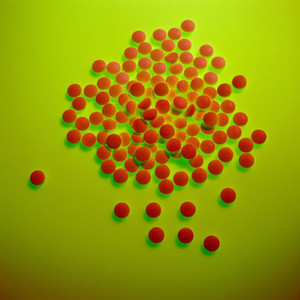

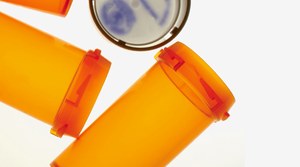
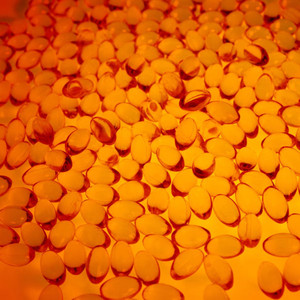
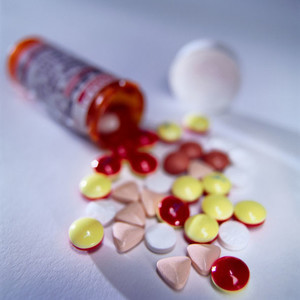
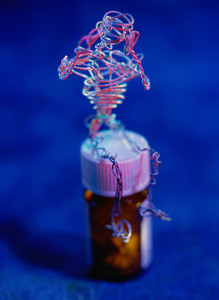





Post your comment